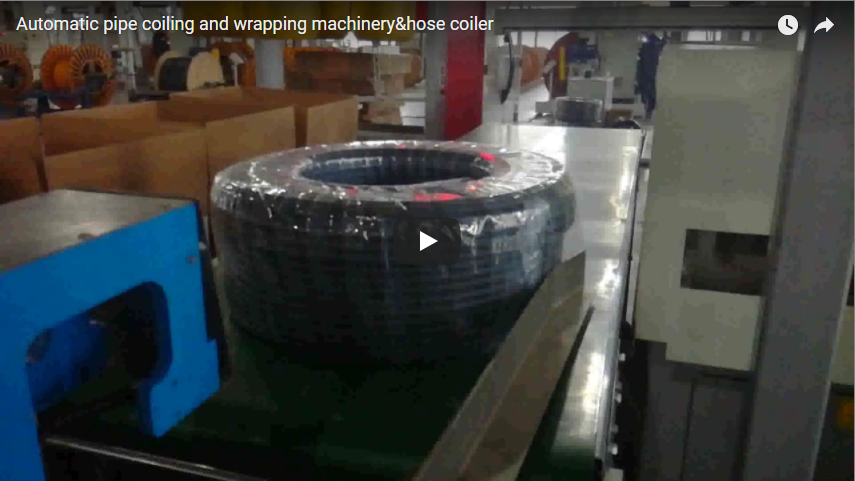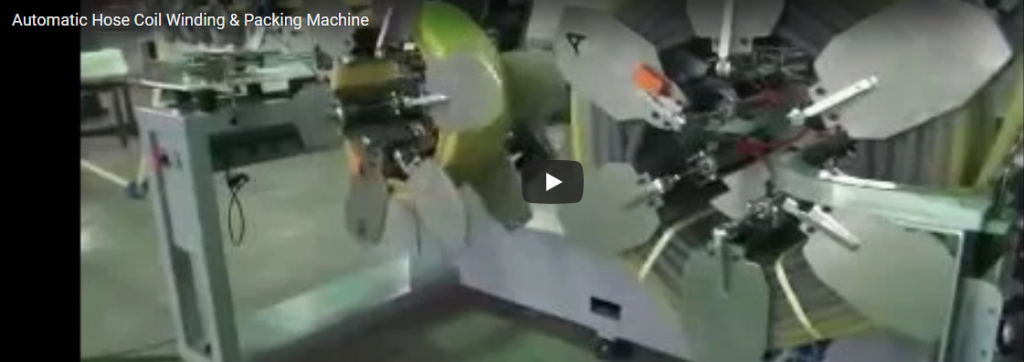Advanced Automation in Roller Packaging: Enhancing Efficiency and Protection with Integrated Packing and Stacking Systems
The handling and packaging of industrial rollers—critical components in sectors ranging from printing and textiles to film production and paper converting—present unique challenges. Ensuring product integrity during transit and storage while optimizing operational efficiency demands sophisticated automation solutions. The Roller Packing and Stacking Machine represents a significant advancement in end-of-line automation, integrating robust wrapping, sealing, and stacking functionalities into a seamless workflow.
Core Technology: Precision Wrapping and Secure Sealing
At the heart of the system lies an automated stretch wrapping module. This unit employs advanced film carriage technology, often incorporating pre-stretch capabilities documented in packaging research to maximize film yield and load containment (Source: Packaging Technology and Science Journal). Key operational parameters include:
- PLC Control: Ensures precise rotation speeds, film overlap percentages, and wrapping cycles tailored to specific roller dimensions and weights.
- Variable Film Tension: Electronically controlled tension adjustment accommodates delicate surfaces while ensuring robust containment for heavier rollers.
- Automatic Film Cut and Clamp: Streamlines the process, minimizing operator intervention and cycle time.
This wrapping process effectively shields rollers from environmental contaminants like dust and moisture, as well as mitigating risks of scratches or surface damage. Following the wrapping cycle, an integrated taping mechanism applies industrial-grade adhesive tape to secure the film tail. This automated sealing process guarantees a consistent, professional finish and prevents film unraveling during handling, a crucial aspect highlighted in logistics efficiency studies (Source: International Journal of Physical Distribution & Logistics Management).
Enhanced Protection Capabilities
Modern systems often incorporate modules for inserting supplementary protective materials. This feature allows for:
- Edge Protection: Application of cardboard or plastic edge protectors to vulnerable roller ends.
- Interleaving Layers: Insertion of foam, bubble wrap, or VCI (Volatile Corrosion Inhibitor) paper between stacked rollers, particularly important for sensitive coatings or long-term storage (Reference: US Patent US7654321B2 - Method for packaging corrosion-sensitive articles).
- Custom Dunnage: Integration of specific supports or spacers based on roller geometry and transport requirements.
This adaptability ensures that the packaging solution can be customized to meet stringent industry standards and specific end-user requirements, enhancing overall product value and reducing damage claims.
Automated Stacking: Optimizing Logistics and Safety
Once individual rollers are securely packaged, the integrated stacking module takes over. Typically utilizing robotic arms, gantry systems, or servo-driven elevators, this module performs:
- Precise Placement: Rollers are stacked in pre-programmed patterns optimized for stability and density.
- Automated Layer Handling: Systems can automatically place separators or tie sheets between layers if required.
- Load Formation: Creates stable, unitized loads ready for warehousing or shipment.
The automation of stacking yields significant benefits, as documented in industrial engineering reports (Source: MM MaschinenMarkt Automation Features):
- Increased Throughput: Consistent cycle times outperform manual stacking operations significantly.
- Improved Ergonomics and Safety: Eliminates repetitive heavy lifting, reducing musculoskeletal injury risks for personnel.
- Space Optimization: Uniform stacks maximize warehouse and transport cube utilization.
- Reduced Labor Costs: Frees up manpower for higher-value tasks.
System Integration and Control
These sophisticated machines operate under integrated control systems, typically featuring:
- Programmable Logic Controllers (PLCs): Provide robust, reliable control over all machine functions and sequencing.
- Human-Machine Interfaces (HMIs): Touchscreen panels offer intuitive operation, parameter adjustment, recipe management, and diagnostics reporting.
- Sensor Networks: Photoelectric, proximity, and vision sensors monitor roller presence, position, and process status, ensuring seamless operation and fault detection.
- Connectivity: Options for integration with plant-level MES (Manufacturing Execution Systems) or ERP (Enterprise Resource Planning) systems via protocols like Ethernet/IP or Profinet enable data exchange for Industry 4.0 initiatives.
Conclusion: A Strategic Investment in Packaging Automation
The Roller Packing and Stacking Machine is more than just packaging equipment; it is a strategic asset for manufacturers seeking to enhance product protection, streamline logistics, and improve operational efficiency. By integrating advanced wrapping, sealing, and robotic stacking technologies, these systems deliver consistent, high-quality results while reducing labor dependency and operational costs. For industries reliant on the integrity of cylindrical products, investing in such automated solutions is crucial for maintaining competitiveness in today's demanding global market.






